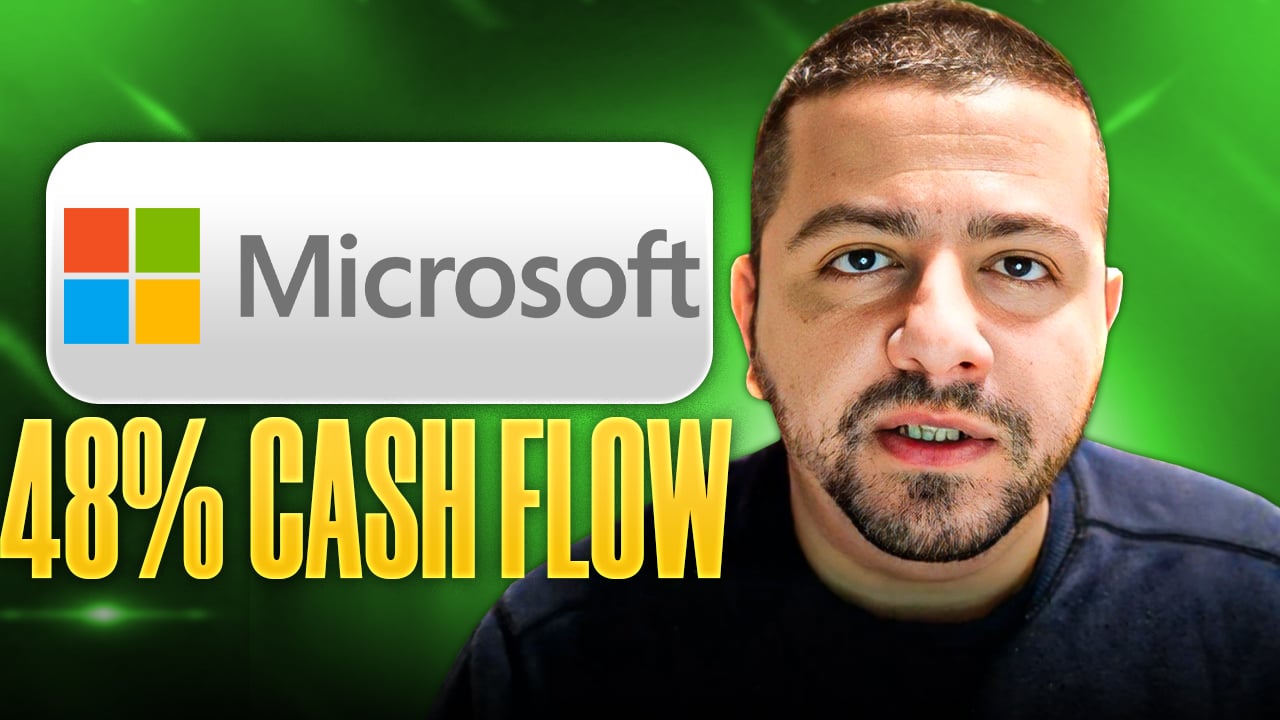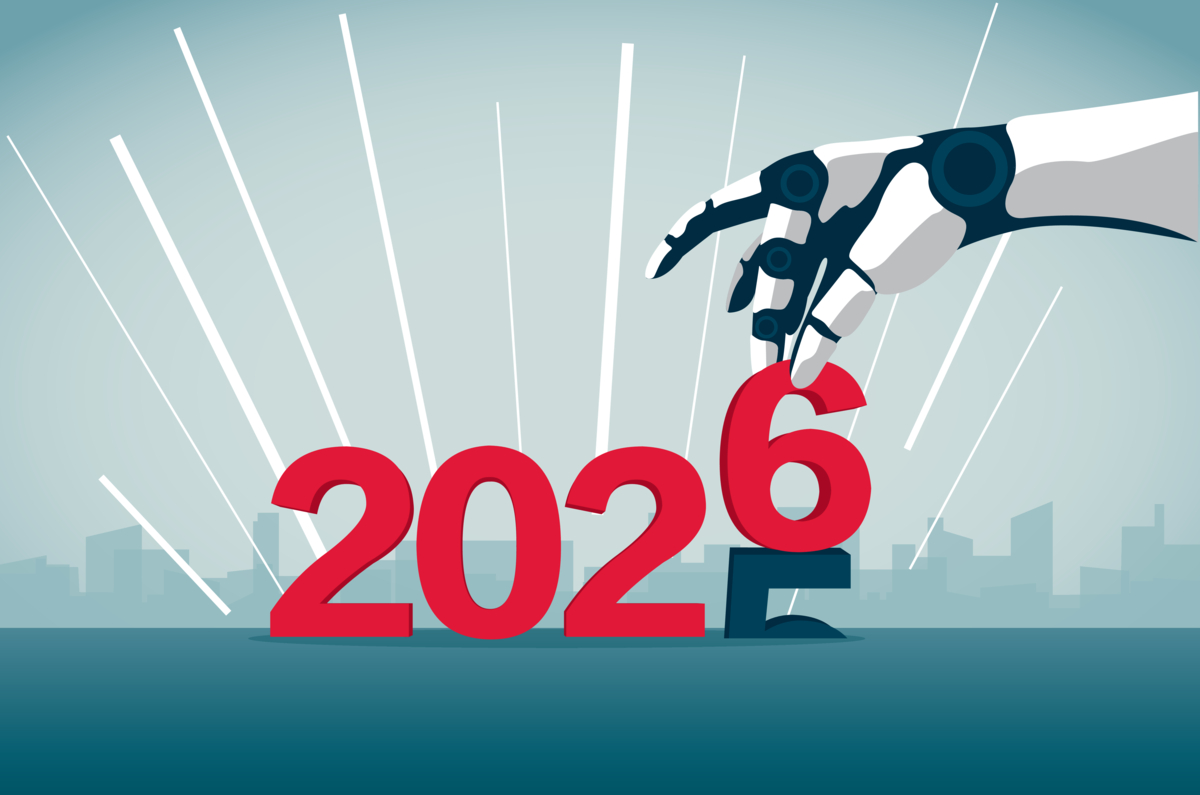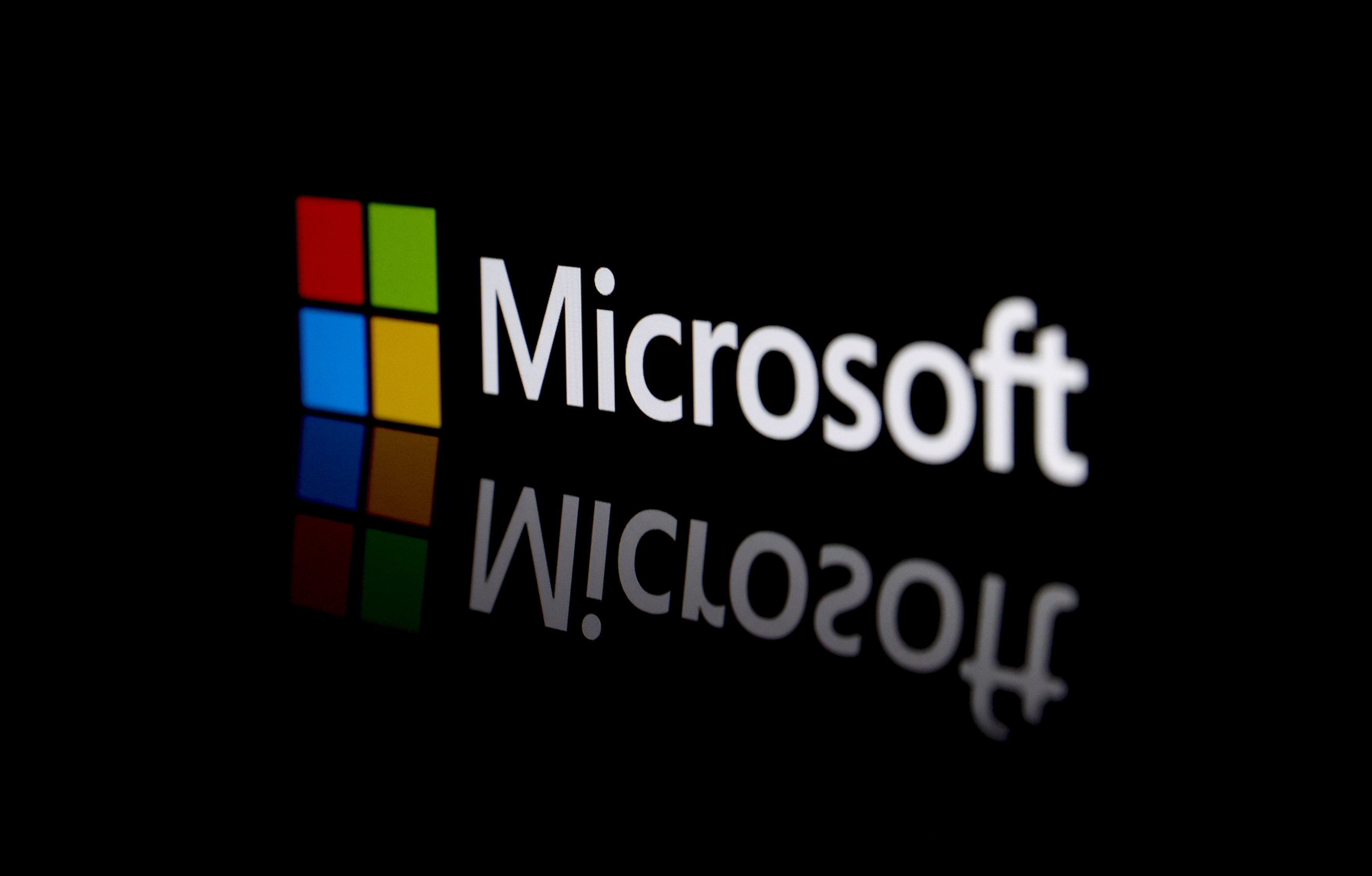
Satya Nadella. Source: Microsoft.
This article was written by Wired.com -- the leading provider of technology and innovation news.
Though Bill Gates is stepping down as chairman of the board at Microsoft (MSFT 0.09%), we're about to see a company that looks more like Gates rather than less.
This morning, in addition to announcing that Gates, the company's co-founder and spiritual leader, will cede his chairman role to former Symantec CEO John Thompson so that he can spend several days a week at Microsoft in a more direct advisory role, Microsoft confirmed that its CEO post will be filled by 22-year company veteran Satya Nadella, who many say is cut from similar cloth.
According to those who know him, Nadella has an unusually firm grasp of both the technical and the business side of Microsoft, yet he also has a knack for pushing the tech giant in new directions. That bodes well for the company, which is still struggling to match the commercial success of rivals like Apple (Nasdaq: AAPL), Google, and Amazon (Nasdaq: AMZN) in the technological areas most likely to define the future, including cloud computing as well as the rapidly growing world of smartphones, tablets, and other mobile devices.
"If you're looking for your most Gates-like president — in terms of really having technology genius plus business genius — Satya seems like the best bet," say Sam Ramji, the former head of open source software at Microsoft who worked under Gates and outgoing CEO Steve Ballmer for many years and, at one point, alongside Nadella.
The 46-year-old, India-born Nadella first joined the company in 1992 and spent the last three years running its Cloud and Enterprise group, the extremely lucrative — and rapidly changing — division that oversees the Windows Azure cloud service as well as the old-school data center software Microsoft sells to big businesses. But it's Nadella's personal demeanor that may truly set him apart from Ballmer.
More from Wired: Facebook's Greatest Innovations: The First Decade
Replacing the 57-year-old Ballmer — the big, boisterous, business-centric boss who has presided over the company since the turn of the millennium — Nadella will undoubtedly bring an added level of technical expertise to the CEO job, but also a more calm and considerate and collaborative way of dealing with both the Microsoft brain trust and those who work beneath him. That could be vitally important as he seeks to remodel a company whose internal culture is nearly as complicated as its vast empire of software, hardware, and Internet services.
"The reason why I have mountains of respect for Satya is that he's first and foremost a great and sincere and honest human being...It's a weird thing to say, but that's a rare thing at Microsoft, because you have so many hardcore technologists who have risen up through the ranks," says Bill Hilf, a veteran of IBM who until recently worked under Nadella at Microsoft and now oversees cloud services at a third tech titan, Hewlett-Packard. "He is able to connect with people, understand the dynamics between people or understand the impact something might have — not just to a product but to the people involved with it."
The rub is that Nadella has never run a company on his own. Although he carries a business administration degree as well as engineering and computer science degrees, some say he can't yet match the business and sales know-how or the executive experience of Ballmer or Gates — or, for that matter, some of the other candidates considered for the CEO job, including former Nokia (NYSE: NOK) chief executive Stephen Elop. "What Ballmer had in spades — in spades — is this incredible business instinct," says Hilf. "He's not the technologist Satya is, but I think the inverse of that is also true: Satya is not the business martial arts expert [that] Steve was."
Change, but not too much
On the whole, the choice makes enormous sense for Microsoft. The company is entrusting itself to someone who has proven he can shift its direction — push it into areas outside its comfort zone. It's not just that Nadella guided the rise of Windows Azure. It's that Azure and other technologies developed by his Cloud and Enterprise group now underpin Microsoft Internet services such as the Bing search engine, the Skype Internet phone service, and the Xbox Live online gaming service. And before taking the reins of the cloud group, he worked on research and development for Bing and eventually oversaw the search engine as a whole.
"He has proven not only that he understands the Microsoft culture, but that he can change it in very big ways," says James Staten, a vice president and principal analyst with Forrester Research who has closely followed Nadella and his Cloud and Enterprise group through interviews with many people both inside Microsoft and out, including Nadella himself.
It's also important that Nadella drove such change on the Internet, which, in the years to come, will sit at the heart of everything the company does. Nadella deeply understands the way modern online services are built, says his old colleague Hilf, and that's no small thing.
In tapping Nadella, Microsoft passed over not only Elop but other candidates with far more experience in the mobile market, another enormously important part of the near future of computing. But this is the area where Microsoft is furthest behind — and far less likely to catch rivals Google and Apple.
More from Wired: How a Math Genius Hacked OkCupid to Find True Love
Hilf, Staten, and others argue, however, that Microsoft isn't necessarily shifting its business away from phones or the rest of the consumer tech market. After all, its Xbox game console has become enormously popular in recent years, and the company just paid $7.17 billion to acquire Nokia, the Finnish smartphone maker where Elop was CEO. But the choice of Nadella is a statement that, in the coming years, cloud computing will be a more crucial field to dominate. After all, cloud services ultimately feed the mobile as well as the gaming world, providing a way for software developers and businesses to build and host and operate the mobile applications that run on a world of smartphones and tablets.
As Steve Ballmer once famously said: "Developers! Developers! Developers!" Through software builders, a company can not only grab intelligence about what's happing in a market — including mobile computing — but gain a foothold that provides a means of improving and expanding consumer products and services.
What Microsoft doesn't have is a brain trust with much experience working at the giants of Silicon Valley — companies like Apple and Google and Facebook and Twitter, which have come to define the modern world in ways that Microsoft does not. That includes not only Nadella but his lieutenants. But, for better or for worse, Microsoft typically doesn't mix well with those steeped in the new Valley culture.
This is a nearly 40-year-old company based in Redmond, Washington whose business still rests on the success of traditional software such as the Windows operating system and the Microsoft Office suite of business software applications. It must straddle the old and the new, the Pacific Northwest and Northern California. For those who know the company well, it's best to do this with leaders intimately familiar with the company's unique culture. It's best to it with a CEO who was there for its heyday as the king of computing — but realizes the world is now very different.
'A good, unique place'
When we sat down with Satya Nadella at a San Francisco restaurant in the fall of 2011, he was about nine months into his job running Microsoft's Cloud and Enterprise group — though it wasn't called that at the time. It was still known as Server and Tools, and many people were still asking whether Microsoft was serious about cloud computing, a technology that lets you rent computing power over the Internet instead of buying and installing your own hardware.
"We're as serious about the cloud as we are about evolving our businesses," said Kurt DelBene, the head of the Microsoft Office group at the time, with a nod to Nadella, who sat beside him at the table. "We always look a little askance when we get the question, because it always seems odd to us. Particularly as engineers, we say: '[The cloud is] the way the world is moving.'"
Microsoft would continue to drive much of its business through traditional software, Nadella explained, including the server operating systems and databases and virtualization software offered by his Server and Tools group, but the company also realized that the world was moving toward online services like Azure and Office 365, services that businesses could use in lieu of buying traditional software. Because Microsoft offered both services and software, the company was in "a good, unique place," said Nadella, a thin, extremely fit man who typically wears dark-rimmed glasses and keeps his head close to clean shaven.
Today, Microsoft still trails Amazon in the cloud computing market — very much so — but under Nadella, the Server and Tools group has significantly changed the way it operates, and in doing so, it has expanded the influence of Azure and other modern services. According to Bill Hilf, Nadella was instrumental not only in shifting Microsoft toward the new, more rapid way of building online services, but in moving the group to a new licensing model that encouraged the sales staff to sell online services as well as traditional software.
Crucially, the group embraced many modern technologies that Microsoft once avoided at all costs. The company now runs all sorts of open source software on Azure, including the Linux operating system, long held up as the enemy of Ballmer's Microsoft, and this shift brings the company that much closer to the new computing paradigm fashioned by the likes of Amazon and Google.
It's no small thing that Server and Tools is now known as Cloud and Enterprise — or that the new Microsoft CEO oversaw its recent transformation. It shows that Nadella understands how Microsoft must evolve in order to compete in the modern world — but also that the company must continue to push many of its older but still lucrative businesses forward. It's called Cloud and Enterprise. Not Cloud.
This is one of the reasons Microsoft is intent on hiring from within, though corporate culture has a lot to do with it as well. Nadella hasn't been with the company nearly as long as Ballmer, who joined as employee 30 in 1980, before Microsoft hit it big with the MS-DOS operating system on the first IBM PC. But the new CEO does have a good two decades in Redmond, working on a broad range of products, services, and research projects.
From India to Redmond
Nadella was born in Hyderabad, India, a southern city that was traditionally known for the pearl and diamond trades, but has now evolved into a major tech hub. Some call it "Cyberabad," and it's home to the largest Microsoft research and development operation outside the United States.
According to Reuters in India, Nadella is the son of a government official who worked in Hyderabad with the Indian Administrative Service, and he attended the elite Hyderabad Public School, alongside his future wife.
Later, he studied electrical engineering as undergraduate in Mangalore, further south on the Indian peninsula. "When all other students will quietly listen to what I would teach, he will ask a lot of questions — 'why does it have to be like this, why can't we do it like this?'" one of his Manipal University professors told Reuters. "Sometimes, it felt like he was just testing my patience."
More from Wired: How the NSA Almost Killed the Internet
Then, in 1988, carrying a bachelor's degree in engineering, he moved to the States. After finishing a master of computer science degree at the University of Wisconsin-Milwaukee and a business administration master's at the University of Chicago, he joined Sun Microsystems, then a hugely important and influential server and software company, working not on the business side but on the technical staff.
After joining Microsoft in 1992, he served as a vice president in the company's business division — which oversaw Microsoft Office — and eventually took the reins of the R&D operation that served the company's online services, including Bing. He then took over the entire Bing business, and in February 2011, he was named the head of Server and Tools — one of five Microsoft executives who reported directly to Steve Ballmer.
In July of last year, Ballmer significantly reorganized the company, placing a new set of lieutenants just beneath him. Some execs, like Kurt DelBene, departed, but Nadella remained. For Sam Ramji and others, this looked an awful lot like Ballmer was overhauling the company so he could personally push it into the next decade, but a month later, Microsoft announced that Ballmer would retire as CEO, saying the board would find a replacement within the next year.
At least in the press, Nadella wasn't discussed as the heir apparent. When Microsoft acquired Nokia a month after Ballmer's retirement was announced, Elop looked to be the new CEO in waiting. Even before Elop left Microsoft in 2008 to take the reins at Nokia, many insiders assumed he would one day succeed Ballmer. "He has so much charisma," says Ramji. "We all thought: 'That's Steve's bench. That's the next CEO of Microsoft.'"
But perhaps because Nokia lost money hand-over-fist under Elop, because Nadella has more technical chops, or because Nadella has a much longer history inside Microsoft, the board has skipped over the Nokia man, and some now question his future at the company. Whatever Elop's fate, many assume that Nadella will restructure the company yet again. "If you look at the leadership structure that Steve put in place just before he was forced out," Ramji says, "he built a Microsoft that could only be run by Steve."
Ballmer he's not
One thing that will surely change is the culture at the top of the company. Ballmer was very much a screamer — he's even been known to throw a chair on occasion — and in many ways, his hard-nosed approach pervaded the company. But according to Bill Hilf, who worked closely with Nadella as the product manager for Windows Azure, the new CEO is extremely different.
"He is very inclusive. He brings people in and gets them excited to work on stuff, and that's what I think his magic is — his authenticity and the way he is able to inspire people and not just push them," says Hilf. "He can inspire them to do great work and get them motivated and excited. That's really about him as a person: Whether he was running a technology company or a non-profit, he would have the same demeanor."
More from Wired: Powerful Photos Go Deep Inside America's Fracking Boom
Jason Hoffman, a vice president of corporate strategy at telecom giant Ericsson who spent many years competing with Nadella and Azure as the chief technology officer at San Francisco cloud company Joyent, says that Nadella is someone with unusual "grace" and that this grace is just what Microsoft needs. "This is the best thing Microsoft could do," Hoffman tells us. "He's always been an exceptionally thoughtful, calculating person."
Whereas Ballmer often wanted to maintain as much control as possible over the people and businesses beneath him, Nadella is more of a collaborator. He provides firm direction — and he certainly has hard side, according to some — but he's willing to give his lieutenants the freedom to make many of their own decisions. "Satya isn't so ferocious about total control. He directs, but he also tends to look for innovation and insights for the people who work for him," says Ramji.
Considering that the company was so slow to find its footing in the cloud and mobile markets under Ballmer, this is a welcome change. Ballmer's 14-year tenure is littered with missed opportunities, as he clung to Microsoft's old way of doing things. As the press so often points out, Nadella knows his technology, perhaps more so than Ballmer. But the bigger point, some say, is that Nadella can feed the other technical minds at Microsoft. "It isn't just about knowing how to code," Hilf says. It's about getting the most out of all the others who know how to code.
Written by Cade Metz at Wired.com.






